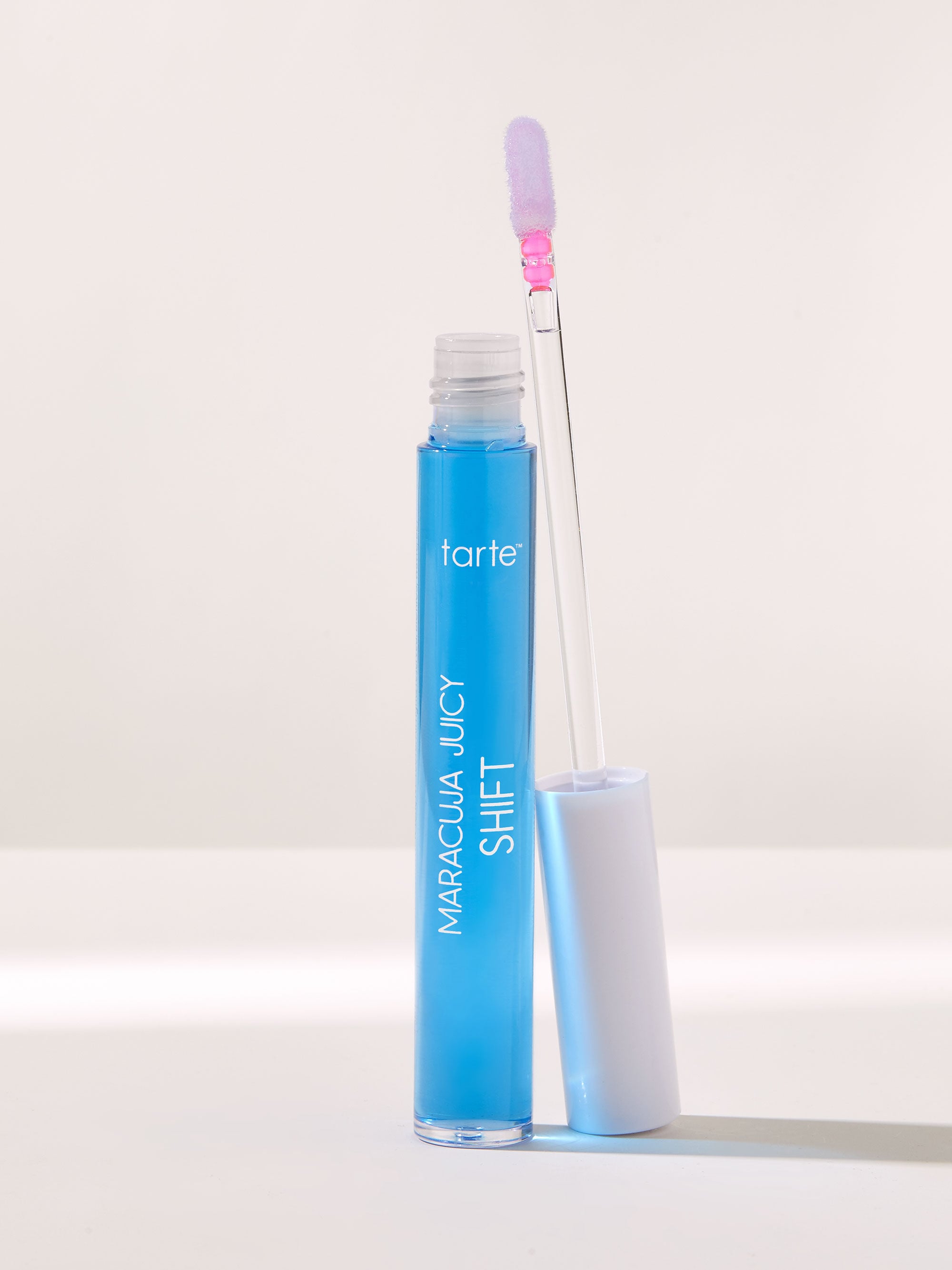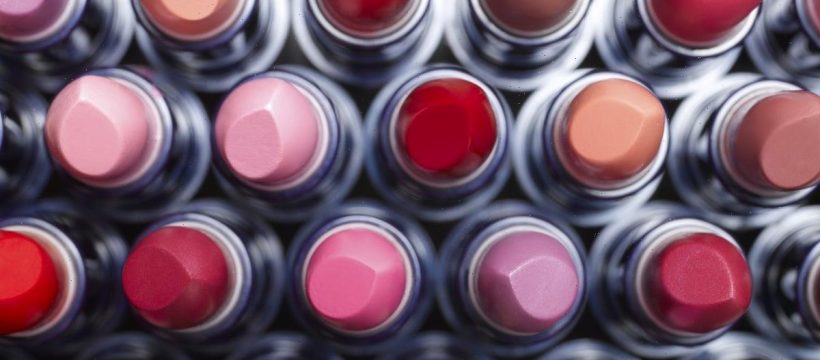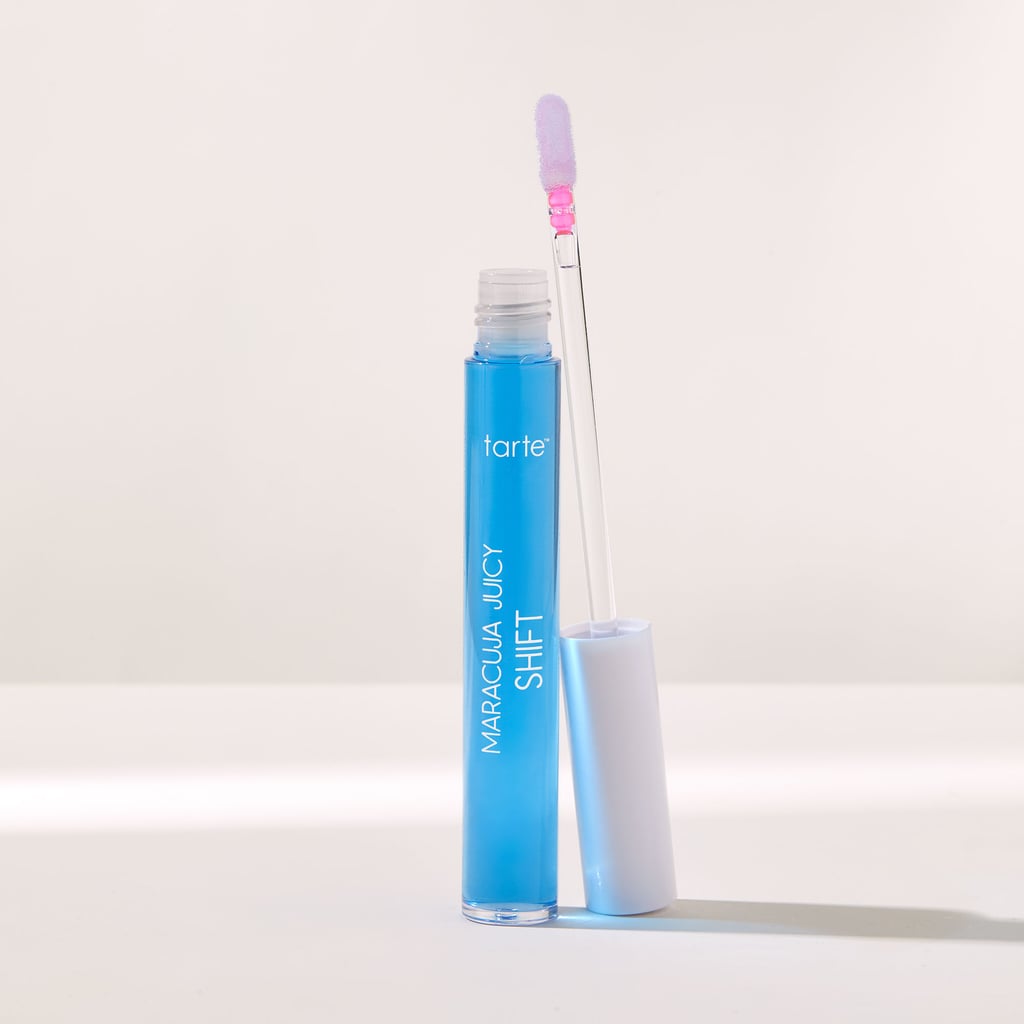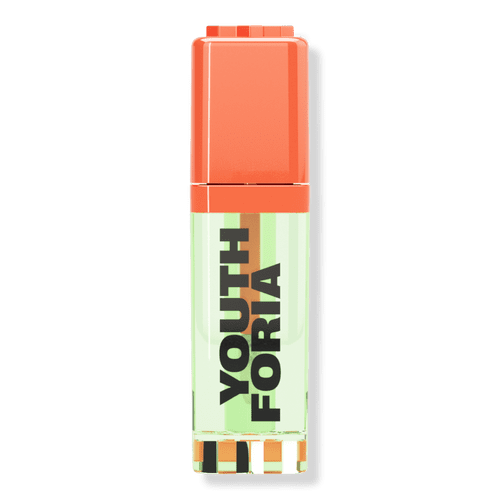
- pH makeup is trending on social media, but is not a new concept in beauty.
- Often found with lipstick and blush, these shade-shifting products work by reacting to the pH levels in the skin to create a color custom to each person.
- A cosmetic chemist breaks down the science behind pH makeup.
Though it’s not new in any way, you’ve probably started seeing some variation of pH makeup on your social media feeds lately. Numerous brands have created products, primarily in the lip and blush categories, that promise to flatter a wide range of skin tones. The idea is that, because they don’t rely on a shade range but rather the skin’s pH levels, the formula is truly “one size fits all.”
As fascinating (and let’s admit, really scientific) as that sounds, we couldn’t help but wonder: is pH makeup actually as customizable as it is marketed to be? Cosmetic chemist Javon Ford breaks down everything you should know about the trend below — including whether it really works.
What is pH Makeup?
To understand how pH makeup works, you first have to understand what it is. “pH-reacting makeup is essentially just makeup that changes colors depending on pH level,” Ford says. Though it is unclear when exactly the category was created — Ford says that formulas for color-changing lipsticks have been around since the 1930’s and have been spotted in the book The Chemical Formulary by Harry Bennett ($50) — one of the earliest well-known products to feature this technology were the Avon “Color Magic” Lipsticks in 1974.
Since then, pH makeup has taken on a life of its own and the formula is primarily seen in the lip and cheek color categories.
How Does pH Makeup Work?
If you’re wondering what exactly is behind the “color change” in pH makeup products, all roads point to one specific ingredient. “pH makeup uses a class of colors called bromo acid dyes that basically function like pH indicators or litmus paper,” Ford says. “When you use this ingredient, the color of the product it is used in changes depending on a certain pH level.”
According to Ford, the specific class of colors used in a lot of pH makeup products today tends to be reds number 21, 27, or 28 — and that’s also the reason why these products also tend to provide the same shade across skin tones. “Many brands are only using Red 27, which always shifts to pink,” Ford says. If you want some variation, there are other bromo acid that can be used but the options are limited. “There are different shades of red and there’s even an orange/yellow one,” Ford says.
Do pH Makeup Products Actually Work?
As for whether or not pH products actually work the way that they are often marketed? Yes and no. These products do work in that they do shift shades, but how they work is not exactly determined by your skin tone. “Skin is typically between 4.5-5.5 in pH and these bromo acid dyes don’t shift in color unless the pH is higher than around 7,” Ford says. “It looks different on everyone’s skin in the same way that the same lip shade can look different on various skin tones.”
In fact, based on the normal range of the pH levels of human skin, there is not enough variance between people to truly cause any noticeable change in the makeup’s color — and therefore for it to be “customized” to each wearer. “Even if someone were to wash their face with a high pH soap, healthy skin would rebalance itself within an hour to the ideal pH environment that can help control pathogens and optimize moisturize barrier,” Ford says.
In short: while the bromo acid dye reacts to skin’s pH to produce a color, since everyone’s skin is within the same pH range, the color use in a specific formula will always look roughly the same. Any difference in how pH makeup product shows up on different people can most be attributed to differences in shades of skin, not a person’s pH level.
pH Makeup Before and After
pH Makeup Products to Shop
If you’re interested in trying out the trend yourself, there are a myriad of pH makeup products that are universally flattering and just plain fun to play with. Some of our favorites include the Tarte Maracuja Juicy Lip & Cheek Shift ($24), the Youthforia BYO Blush ($36), and the Winky Lux Flower Balm ($16).
Whether you’re a fan of the pH makeup craze or just like exploring different makeup formulas, there’s no denying that pH makeup is a fascinating mix of science and beauty that brings a fun level of interactivity to a pretty straightforward category like color cosmetics, while making it accessible to the everyday user. However you decide to approach the trend, just remember to have fun with it — there are no rules in beauty.
Source: Read Full Article




